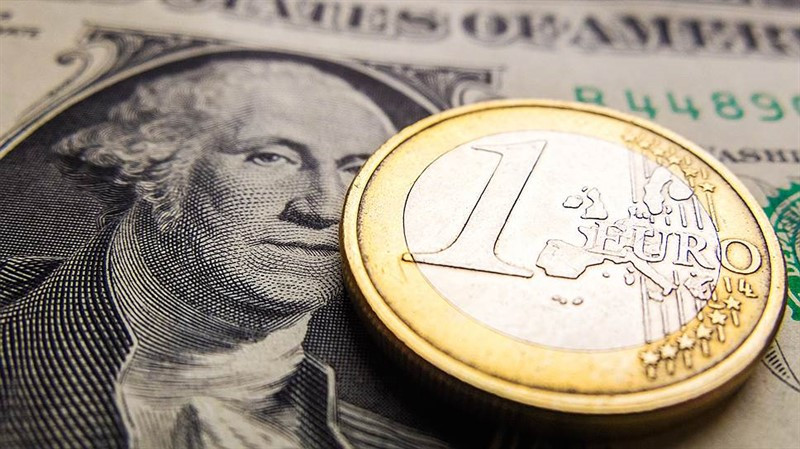
The markets were recovering from a rather nervous Thursday.
A series of accusations and denials about the shelling of the territory of Donbass by Ukrainian security forces provoked a wave of sales of risky assets.
While the two sides have been at war for years and the ceasefire is periodically violated, the fighting has renewed Western fears of an imminent Russian invasion of Ukraine. US President Joe Biden added fuel to the fire, who said that Moscow was preparing a pretext to justify a possible attack.
As a result, on Thursday, the S&P 500 index showed the largest daily percentage drop in two weeks, dropping by more than 2% to 4,380.26 points at the end of trading.
The greenback briefly jumped above the 96.00 point mark, but then retreated under it again, entered the consolidation phase and ended the day almost at the opening level around 95.82 points.
The EUR/USD pair sank to 1.1320 at the moment, after which it was able to win back losses and closed with a symbolic decrease (by 0.09%), about 1.1360.
This week's market volatility reflects a process that began a few months ago, when investors began to react to the acceleration of inflation and changes in monetary policy on both sides of the Atlantic.
From the record highs marked in early January in the area of 4818.12, the S&P 500 index fell by 9%.
This year, the stock market was hit by the prospects that the US central bank is preparing to increase the cost of borrowing to combat inflation, the pace of which has reached its highest in forty years, and to curtail the stimulus program, thanks to which risky assets have been growing for the majority of the last two years.
The bulls are digging in now and are trying with all their might to restrain the onslaught of the bears.
The S&P 500 index continues to fight for the 200-day moving average, without signaling the victory of bulls or bears in this local battle.

The situation in the markets will remain unstable until there is clarity on some issues – for example, how the rate hike will take place in the future, according to strategists at JPMorgan Asset Management.
Conflicting opinions of Federal Reserve officials have stirred up the markets.
In particular, the president of the St. Louis Federal Reserve, James Bullard, called for raising rates by a full percentage point by June. He said that the Fed was caught off guard by a sharp jump in prices.
At the same time, the head of the Federal Reserve Bank of Kansas City, Esther George, outlined a softer approach.
"The US central bank should maintain a systematic approach to curtailing incentives. I do not consider the current situation to be an emergency, the inflation figures were not a surprise. It is too early to say whether the rate will be raised by 50 basis points in March. The Fed should consider selling assets to curb inflation," she said.
In January, consumer prices in the United States jumped by 7.5% compared to the same month last year. Thus, inflation accelerated from 7% in December and updated the record since 1982.
According to the Fed forecasts, the growth rate of the PCE index will slow down to 2.6% in 2022. Next year, the weakening of inflation will continue, as a result of which the index will fall to the region of 2%.
Energy is getting more expensive, and disruptions in supply chains are still a problem, and this also contributes to price increases. There are doubts that the acceleration of inflation will really be temporary, as is commonly believed, Hargreaves Lansdown notes.
According to experts, unlike the last financial crisis, this time inflation threatens to turn from a transient problem into a major one. So, in August 2008, the biggest increase in prices in the United States stopped at 5.6% per annum. Now the PCE index has already exceeded the level of 7%, and there is every reason to believe that this is not the limit.
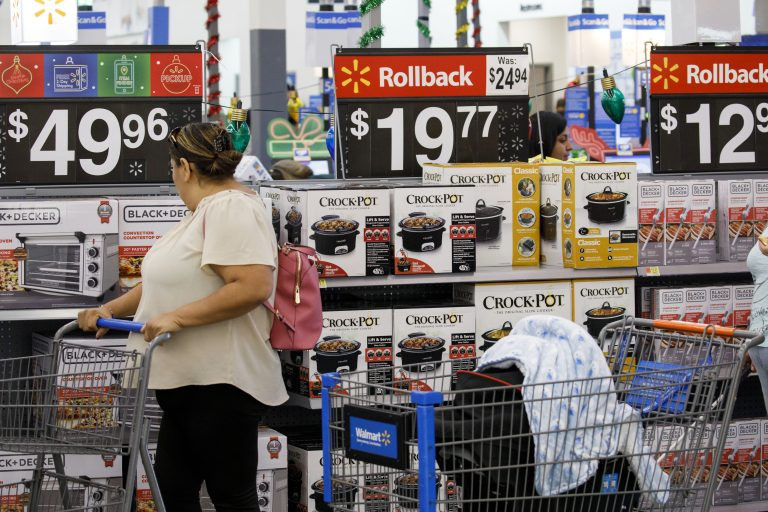
The Fed's leadership hopes that inflation in the US will slow down "by itself" when supply chains are adjusted, but inflation statistics promise to become too negative if the central bank continues to sit idly by.
In the case of sustained inflation, a more rapid tightening of monetary policy may be required, according to the minutes published on Wednesday from the January FOMC meeting.
At the same time, there were no new details in the document about the expected rate hike in March and about the Fed's plans to reduce the balance sheet.
After the release of the "minutes", the probability of an increase in the federal funds rate in March by 50 basis points decreased from 65% to 43%.
As a result, the greenback was under pressure, which persisted on Thursday.
The statistical data on the United States, which did not justify the forecasts, prevented the US currency from developing an upward momentum.
Thus, the number of new homes in the country, the construction of which was started in January, fell by 4.1% to 1.638 million, against the expected growth of 1.70 million. The number of initial applications of Americans for unemployment benefits for the previous week increased by 23,000, to 248,000, while a decrease to 219,000 was predicted.
Even the hawkish comments of the FOMC representatives could not stir up the dollar bulls.
The head of the Federal Reserve Bank of Cleveland, Loretta Mester, said that this time the Fed should act more vigorously than during the previous cycle of monetary policy normalization. She also noted that in the second half of the year, the increase in rates may accelerate if by this time the growth rate of consumer prices in the United States does not begin to slow down.
St. Louis Fed President James Bullard repeated his call to raise the rate by 1% before the beginning of July, citing overheated inflation.
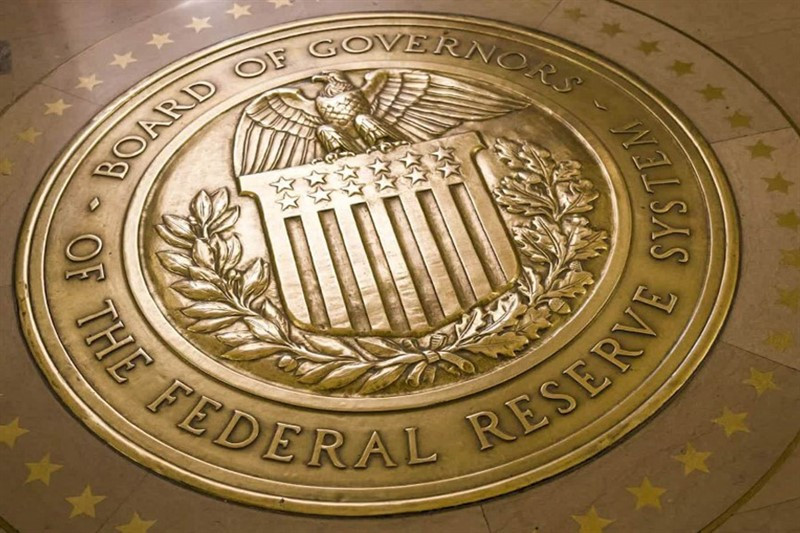
Fed officials continue to speculate about how aggressively the central bank should raise interest rates and whether it is worth starting with an increase of 25 or 50 basis points at the March meeting, but traders prefer not to get ahead of themselves. In addition, the minutes from the last FOMC meeting emphasized the importance of "maintaining flexibility."
The Ukrainian crisis is still in no hurry to fade into the background, adding a geopolitical element to the already difficult picture for investors.
Washington and European countries insist on further withdrawal of Russian troops from the border with Ukraine. Moscow, in turn, wants guarantees about the non-expansion of NATO to the east.
The main risk for the markets is that the West will continue to delay negotiations, and Russia will simply leave a significant part of its troops on the border to show the seriousness of its intentions.
Signals that politicians want a diplomatic, not a forceful solution have allowed US stock futures to enter positive territory today.
The day before, there were reports of a meeting between US Secretary of State Antony Blinken and Russian Foreign Minister Sergei Lavrov, which could take place next week to resolve the crisis without conflict.
"There was a slight reversal today, apparently because we did not see any real continuation of the weakness in the US stock markets that took place yesterday afternoon, when the rhetoric intensified on both sides, and we had a big sell-off of risky assets," National Australia Bank strategists noted.
"It seems that at the moment the market is holding a mostly optimistic position. A diplomatic solution remains our baseline scenario, and we expect the geopolitical risk premium to decrease over time. However, the timing for this is very uncertain," ING analysts said.
At the same time, experts warn that any new "announcements" by the West about Russia's "imminent invasion" of a neighboring state can dispel the nascent optimism in the ranks of investors at any moment and return stocks to a defensive position.
Against the background of increased risk appetite, attempts to raise the USD are replaced by short positions. The greenback is trading in a narrow range, hovering around 96.00 at the end of the week.
The lack of reaction to the aggressive statements of Fed officials can be explained by the fact that the March rate hike has already been fully taken into account in the quotes. The only question remains how strong it will be.
Investors may increase demand for the euro and will want to buy the single currency when the threat of a 50 basis point increase in Fed rates is eliminated following the results of the March meeting of the central bank, analysts at TD Securities believe.
They indicate that the target for the EUR/USD pair at 1.1600/1.1700 by the middle of the year looks increasingly attractive.
The recent hawkish turn of the European Central Bank is changing the rules of the game for the single currency, stimulating capital flows, the bank's strategists say.
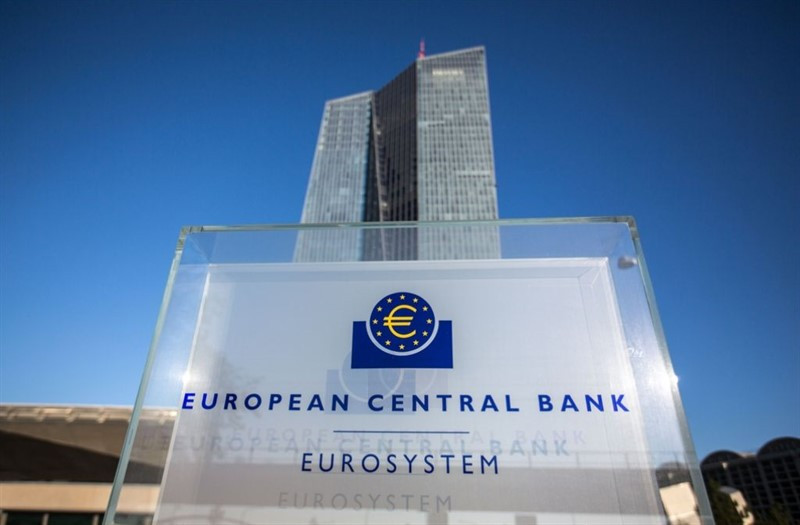
The ECB will start raising interest rates in September, Goldman Sachs and Deutsche Bank predict.
This week, ECB Governing Council member Francois Villeroy de Galhau joined his colleague Klaas Knot, who considers it possible to stop the ECB's quantitative easing by the end of the third quarter.
"Villeroy usually voices a certain average position in the "hawk-dove" spectrum compared to the ardent hawk Knott, so it looks like a small hawkish shift, all other things being equal," Saxo Bank experts said.
ECB Chief Economist Philip Lane, who until recently rejected the idea of a new era of inflation, has revised his point of view, paving the way for a change in ECB policy after almost a decade of ultra-low interest rates and massive bond purchases.
"There are several factors indicating that the excessively low inflationary environment that prevailed from 2014 to 2019 (a period during which annual inflation averaged only 0.9%) may not recover even after the end of the pandemic cycle," said Lane.
He noted the unprecedented economic support provided by the eurozone governments and the ECB itself in response to the coronavirus pandemic, as well as structural changes such as the reduction of exports by China.
The ECB has been under pressure lately. Markets are waiting for the central bank to raise rates on bank deposits, which currently amount to -0.5%, in the face of stubbornly high inflation in the eurozone. This figure reached 5.1% in January, which is more than twice the ECB's target of 2%.
Lane said the pace of any policy change will depend on whether the ECB expects inflation to settle below, at or above 2%.
The size and frequency of rate increases will depend on the inflation regime, he added, noting that a rise of more than 25 basis points is also possible.
Lane pointed out that "gradualism" would make sense in the current circumstances – a point also expressed earlier by his colleague, Pablo Hernandez de Cos, who said that one should not jump to conclusions about the timing of the policy.
"It seems that some ECB members want to buy some optionality in case inflation in the eurozone remains obscenely high in the next six to nine months and requires a more decisive transition to tightening mode," Saxo Bank noted.
At the same time, experts admit that in the event of a weakening of inflationary pressure, the central bank may retreat a little with tightening.
The ECB, like its US counterpart, apparently wants to retain the possibility of flexibility.
If this is the case, then every ECB meeting after March will definitely be a surprise for the markets.
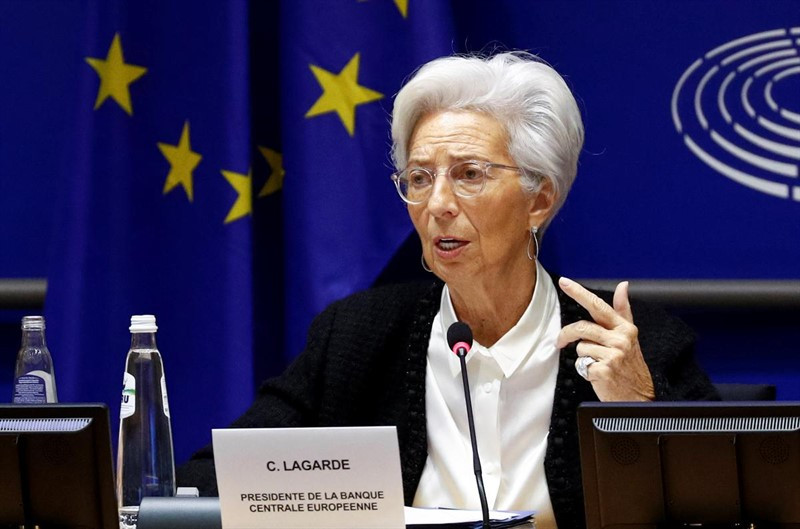
JP Morgan revised its forecasts for the euro upward in connection with the February policy update of the ECB.
"The ECB's turnaround requires reflecting an improvement in the euro's outlook, but modest, not drastic, as it occurred against the background of more large-scale synchronized actions by central banks," they said.
The bank raised its estimate for EUR/USD for the second quarter to 1.1200, its forecast for the year ahead is set at 1.1500.
ABN AMRO economists also admitted that recent events make their forecasts for the euro too pessimistic, and they raised them accordingly.
Contrary to market expectations, the bank expects one rate hike of 10 basis points from the ECB and four rate hikes of 25 basis points from the Fed.
"If our point of view turns out to be correct, the euro will continue to weaken against the US dollar this year and next," ABN AMRO strategists said.
The bank's updated forecast for EUR/USD at the end of 2022 is 1.0700 (compared to 1.0500), and at the end of 2023 - 1.0500 against 1.0000 previously.
The main currency pair is still experiencing difficulties with decisive progress in either direction, as investors follow the news from the geopolitical front and continue to overestimate the prospects for monetary policy on both sides of the Atlantic.
The key support was formed in the area of 1.1340-1.1350. In the event of a breakthrough in this area, the bearish pressure may increase, and the pair may sink to 1.1300 and 1.1260.
On the other hand, a breakdown of 1.1370 will weaken the downward pressure and allow the bulls to retest the weekly high at 1.1395. Further resistance is marked at 1.1450 and 1.1480.





















